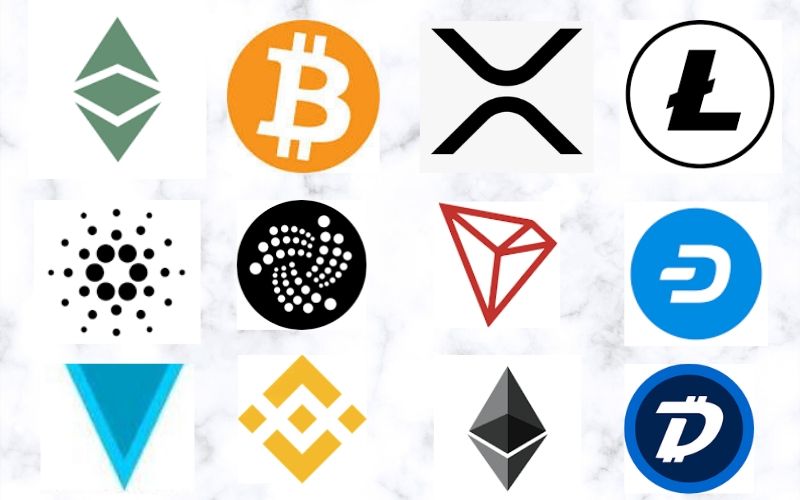Binance, the arguably largest cryptocurrency exchange by trading volume, has shared the behavior of digital currency traders on its trading platform in Q2 of 2020.
According to the trading report released by the exchange, there was a decrease in trading volumes in the second quarter of the year, stating that a number of little-known altcoins outperformed the two largest cryptocurrencies, Bitcoin (BTC) and Ethereum (ETH).
The report says:
“Trading volumes were slightly lower in the second quarter of 2020 than in the first quarter, with a particularly distinct downward trend for large-cap assets (excluding Bitcoin & Ethereum). Similarly, all Q2 top performers were mid-cap altcoins, such as LEND, BNT, ERD, and EDO. Each of these assets gained close to or more than +500%…
This most recent quarter was marked by a noticeable decline in Bitcoin spot trading dominance as ETH’s rally continued through Q2, coinciding with relative increases in trading of altcoins, including LINK and ADA.”
XRP Printed Minimal Return
According to the report, Bitcoin (BTC) and Ethereum (ETH) gained 42% and 69.7% respectively, while XRP printed a minimal return of 0.5%, with its trading volume slashed by 50%.
The report concluded that XRP was the 5th worst-performing asset on the trading platform. Other worst-performing assets aside from XRP are MCO, Tierion (TNT), STP Network (STPT), and Bread (BRD).
Zero Correlation between Bitcoin (BTC) and Gold
According to Binance, there was no correlation between Bitcoin (BTC) and Gold in the second quarter of 2020. However, the reverse is the case when Bitcoin’s price trend is compared to the S&P 500.
“Applying the same methodology to BTC and S&P 500 daily returns shows a different picture. After a long period (~ 8 months) of very low to no correlation, the correlation coefficient jumps to almost 0.6 in February/ March 2020. It plateaued at this level to subsequently fall at the end of June 2020…
One likely interpretation is that Bitcoin mirrored the performance of the distressed financial equity market in the U.S, while COVID-19 created high uncertainty and induced a flight into liquid assets.
It further appears as if that correlation shrunk down to pre-COVID-19 levels in late June. It is to be seen to what extent this is a brief outlier or a return to a more ‘normal’ situation, within which BTC and the S&P 500 are not correlated.”
